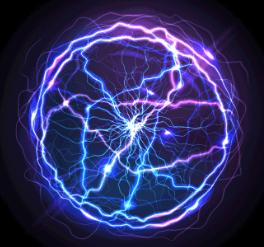If you haven’t come across the term ‘electroless plating’ before, you may be wondering what all the fuss is about. A simple and sometimes more effective plating process than traditional electroplating, what does electroless plating entail?
How does electroless plating work?
As the name suggests, plating occurs without the use of electrical currents; instead, an item, whether a substrate or a part, is placed in a solution. The deposit occurs as the result of an auto-catalytic reaction: the interaction between the reducing agent and the metal ions. The process is finalised with anti-oxidation chemicals for added resistance to corrosion.

Nickel plating is the most common form, although it is possible to plate with gold and palladium. When it comes to electroless nickel plating, for example, the item is placed in an aqueous solution that deposits the nickel on it through the process of catalytic reduction with nickel ions. This process, although it sounds modern, was discovered in 1846 by a scientist named Charles Wurst.
What are the advantages of electroless plating?
There are numerous advantages to this kind of plating. Firstly, this kind of plating offers better protection from corrosion, as it results in a harder and less porous item. It also requires less equipment, no energy, is faster, and is more simple. Furthermore, it can result in a more uniform finish.
When is the best time to choose electroless plating?
This kind of plating is ideal for awkward or complex shapes that otherwise might not end up with uniform plating using traditional electroplating. It is also ideal for items that are more likely to be exposed to corrosion, such as those used in marine equipment and oil and gas plants. Companies that operate in these industries use services from specialists such as Poeton that offer electroless nickel plating.

As you can see, there are many reasons people might choose electroless plating rather than electro-plating, thanks to the benefits it offers. Not only is it a more simple process but also it offers better protection from the elements and is ideal for complex shapes.